- Sat. May 31st, 2025
Classic Cars, Movies, Music, and Other Stuff ...
Is the 60s a Golden Decade for the Convertible?
Is the 60s a Golden Decade for the Convertible? Sure, we had roadsters/spyders/convertibles before, and since this decade. But it seems they came of their age, during this period, giving us a blueprint for sports convertibles favored to this day. With that in mind, let’s check out the most famous ones from this decade.
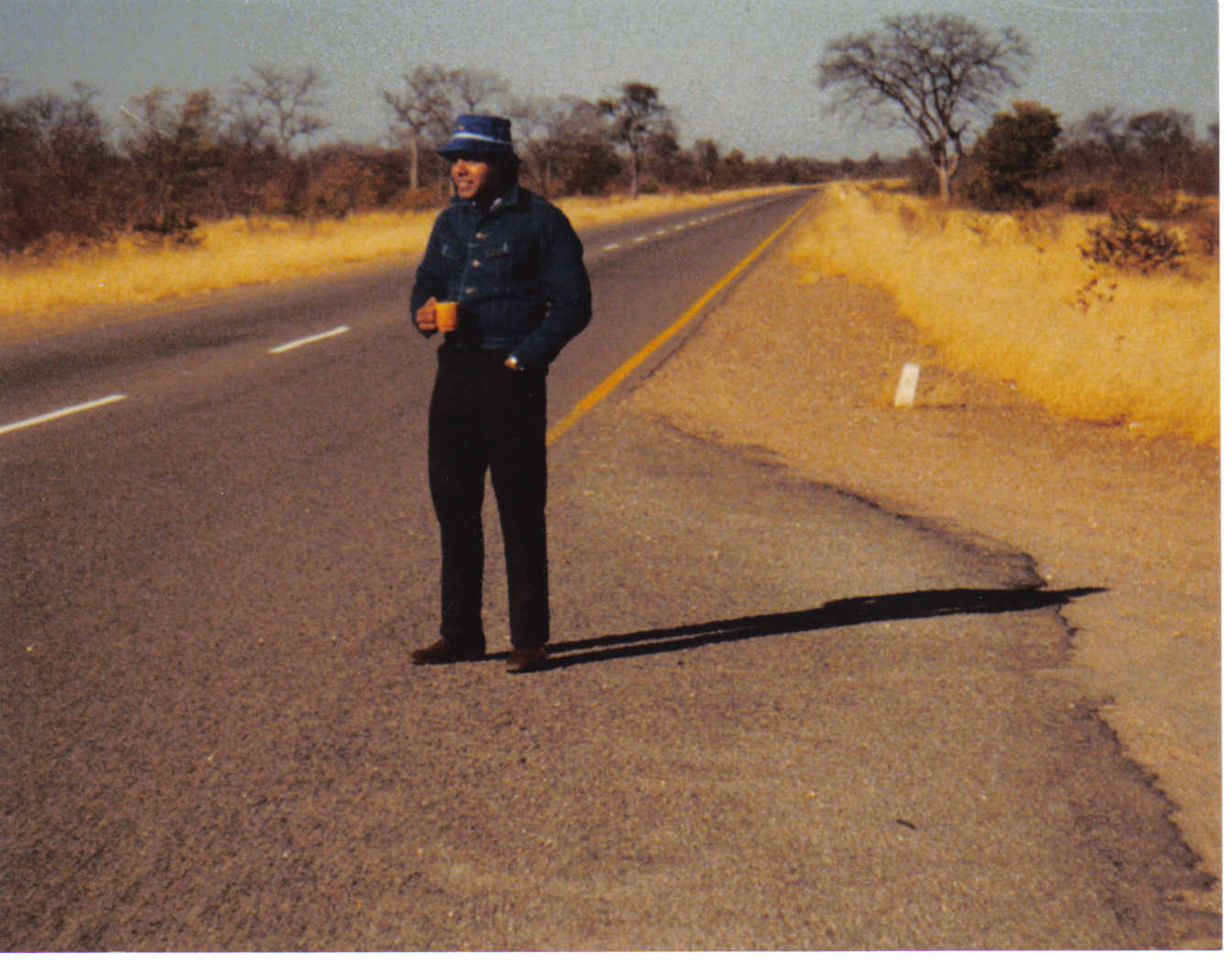
Thapson
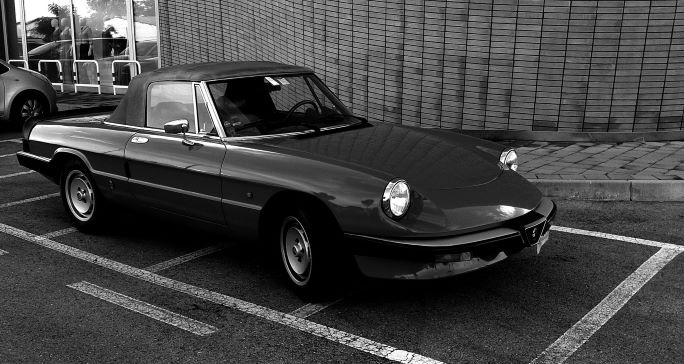
I’m going to be very discriminating as I stick to cars which are primarily 2-seaters, have small engines, and of course, a top-down option. As usual I lean towards the aesthetics, and less on the technicalities.
I doubt there are any car enthusiasts who don’t like convertibles. If not on a regular basis, at least to park away for that occasional drive along an empty country road on a nice sunny day. So here we go with my picks, in no particular order.
” … I stick to cars which are primarily 2-seaters, have small engines, and of course, a top-down option.”
Alfa Romeo Spider (1966-69)

Alfa Romeo had been making their Spider from the late 50s. My favorite is the one from 1966 through 1969. In fact, so cool was this design, it was followed right up to the 90s. It comes in a wide range of engine sizes from 1.3 Liter “Junior” to the 1.8 Liter “Veloce.” They are all 5 speed manuals.
While they kept tinkering with the engine sizes and other mechanical stuff, the overall design seems to stay the same over the next three decades with very few changes. These are referred to as the Series 1, 2, 3, and 4. Therein lies the timelessness of its design.
SUPERCLASSICS / YouTube.com
Austin Healey Sprite Mark II, III, and IV
Another beautiful convertible. I liked the “frogeye” version too, but I believe they stopped making those in the 60s. So, as we’re talking about the 1960s, then Mark II is my favorite from this decade. It is followed by the Mark III and IV with an increase in engine size availability and other mechanical improvements.
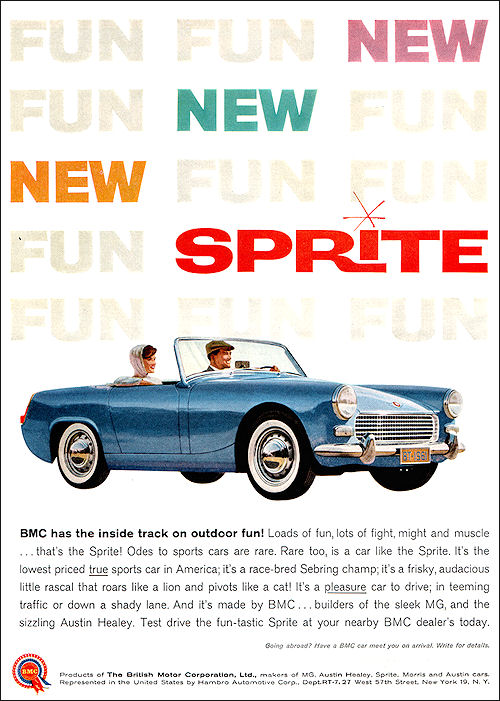
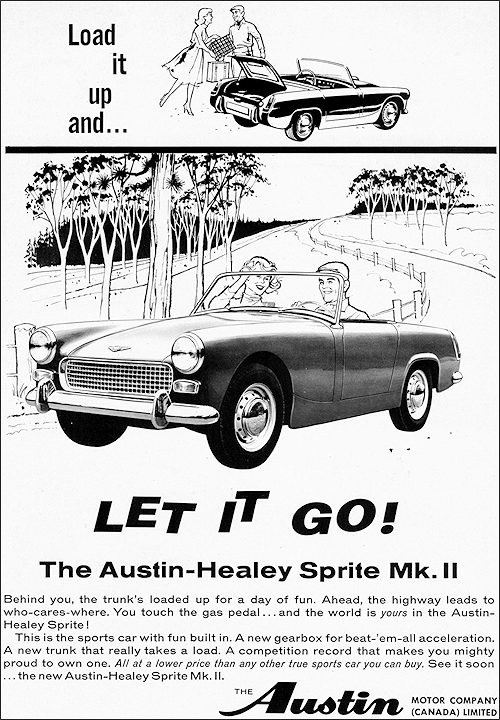
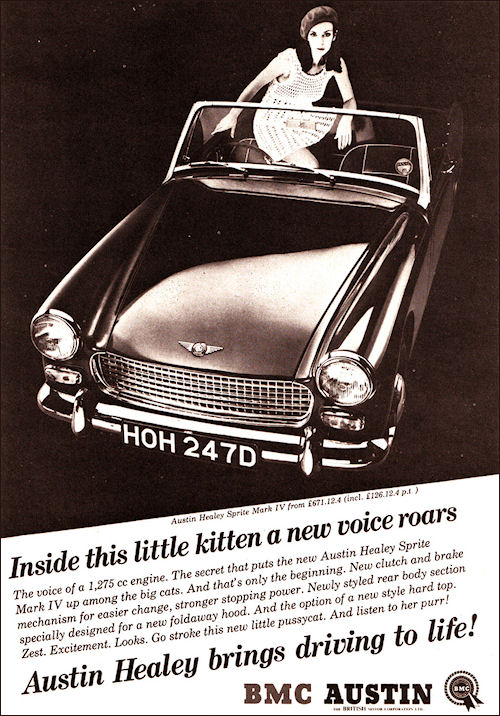
But, again, the design stayed basically the same. And I love the 2-seat configuration, with the small engine size. At the end of the day, it’s not the engine size or power, but the appearance I like and the feel you have driving such a car on an empty country road enjoying the fine weather.
Silverstone Auctions / YouTube.com
MG Midget, B, and C
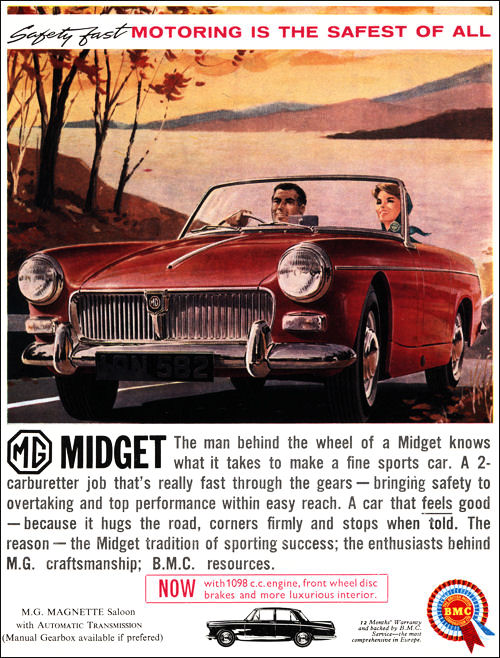
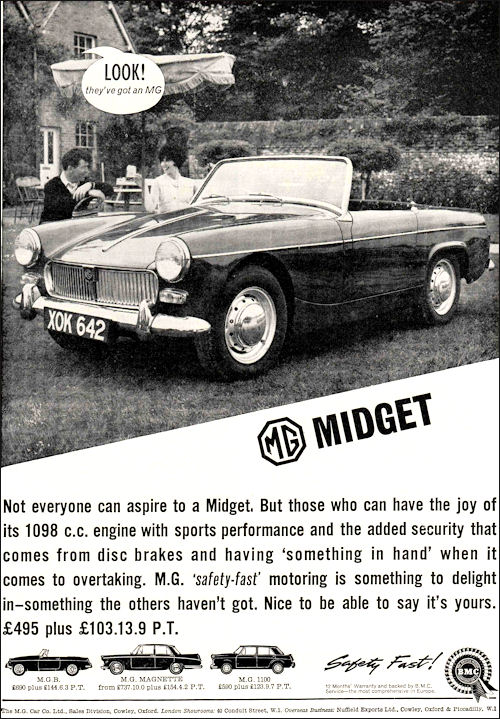
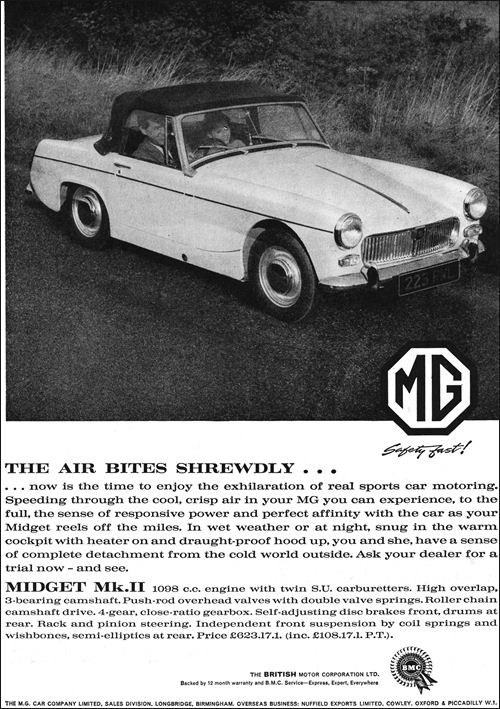
The British MG made a range of roadsters in different configurations. My favorite is the MG Midget, B, and C. And that too, the none-coupe version. I guess you can see a pattern here as this one is similar to the previous two roadsters I’ve touched upon.
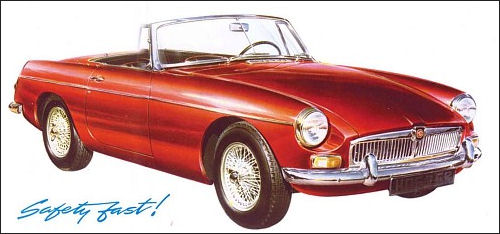
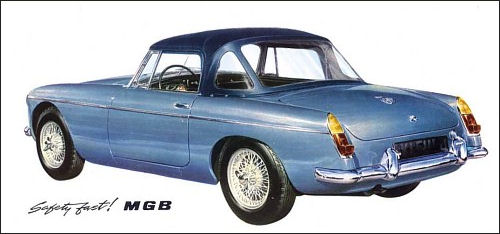
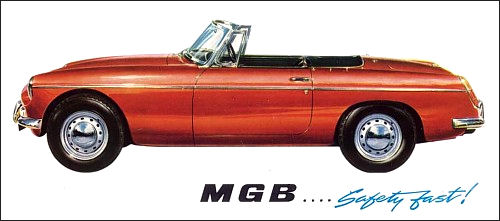
This includes similar dimensions and looks with an elongated rear trunk, two-seater, manual transmission, and a relatively small engine. The MG B was the first sports car, or convertible I came across and was fond of it from then going forward. Any other sports convertible I saw, I would gauge against it.
ERClassics.com / YouTube.com
Simca Aronde Océane

A popular French car manufacturer, Simca was founded in 1934 which faded away in the 1970s. Earlier it was bought out by Chrysler Europe, and then Peugeot, before being condemned to history books. At their peak, Simcas were assembled in South America as well. In any case, some Simcas were based on Italian designs. And one of these was the Simca Aronde (dovetail or swallow – which was the logo Simca used).

The Simca Aronde in convertible or cabriolet form is known as the Océane. Its hardtop coupe version was the Plein Ciel. These two models had their roots back in the 1950s. A pure 2-seater sports car, the Océane had a 1,290 cc engine and was eventually discontinued in 1962. This model has an unmistakably Italian design – a pure sports convertible! Notice the stearing-mounted gear shifter.
BERIGAUD VEHICULES ANCIENS / YouTube.com
Datsun Fairlady/1500/1600/2000
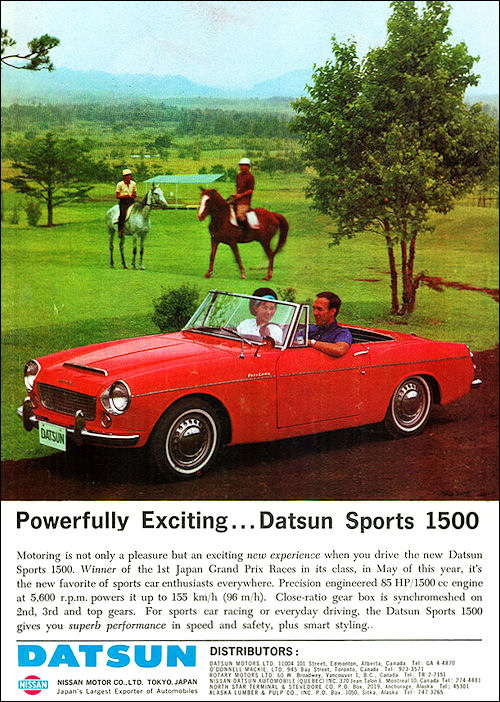
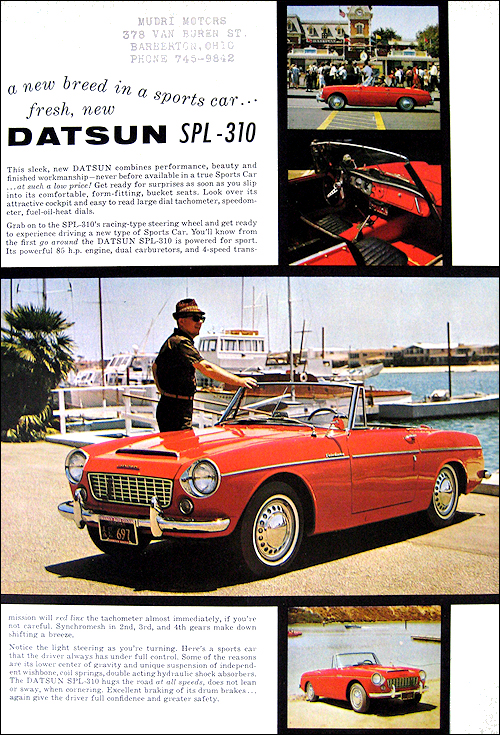
During the 50s, the Japanese also want to join in the fun with their own roadsters. Their car industry is maturing. Making small-engine convertibles with a small footprint is right up their alley. And during this time, Datsun comes out with their own models. Since we’re talking the 60s, I’m jumping to the second generation of the Datsun roadsters.

And they definitely want to give the Italians a run for their money. Very similar in design to Italian cars, Datsun came out with the 1500, 1600, and later the 2000. These number configurations reflect the size of the engine. This model is also known as the “Fairlady” and SPL 310 in the U.S. Classics in a true sense. Wonderful cars that set the trend of two-seat roadsters that are still loved today.
AJ Spaggs /YouTube.com
Triumph Spitfire and TR4
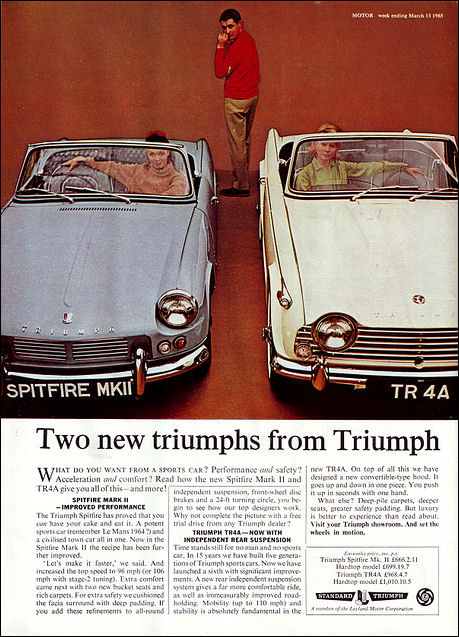
In the UK, during the 60s, Triumph came out with a pair of really cool roadsters in the TR 4 and the Spitfire. Both these were beautiful cars with the biggest difference being their engine sizes.
The Spitfire was the smaller of the two with an engine size in 1.2 Liter range, and the TR4 had a bigger 2 Liter engine.

Spitfire was produced right through the 80s, as its design was upgraded over the decades. But it remained true to the objective of providing a fun driving experience for the driver.
Triumph made other roadsters too during this era along with different engine configurations. Also their Herald and had a very good looking convertible version, but they were primarily a 2+2 seating although there was a 2 seat version also available.
Hawk Valley Productions / YouTube.com
Fiat 1200 / 1500 / 1600 Cabriolet – Until 1966

Everyone knows the Italians and their penchant for designing absolutely beautiful cars. And Fiat came out with a whole range of sports cars or “spiders” through the sixties.
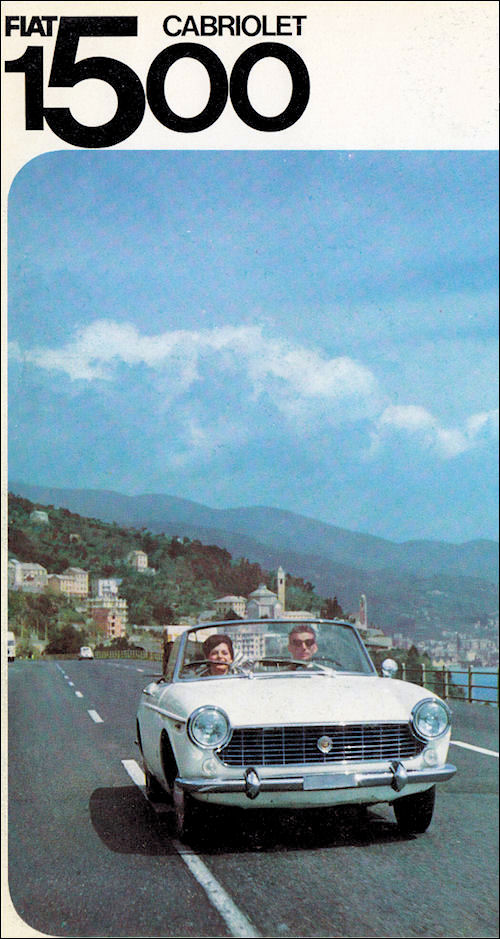
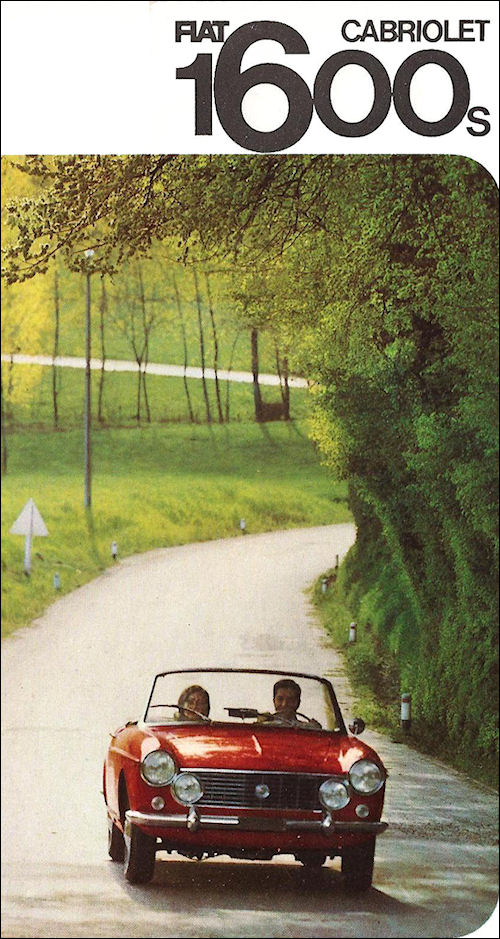
These included the Fiat 1200 Spider with a 1.2 Liter engine. And then the 1500 and 1600 Cabriolet with the 1.5, 1.6-Liter engines respectively. The 1200 was produced until the 1964, and the other two models, until 1966.
9to5Video.com / YouTube.com
The 850 Spider – Rear Engine (1964)
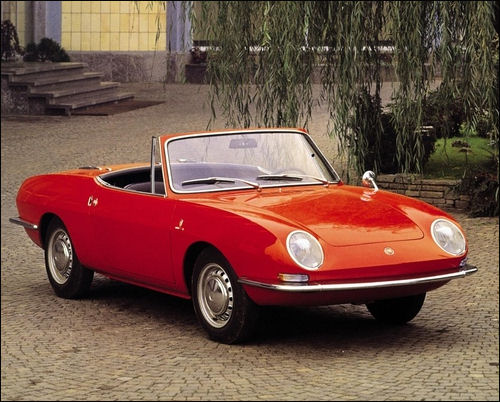
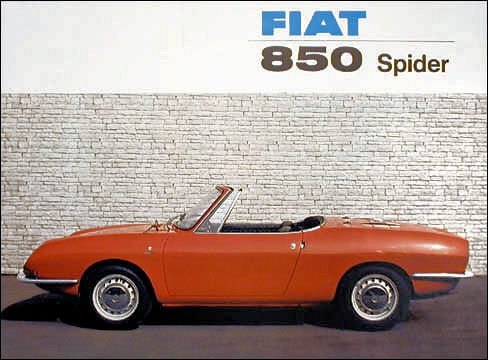
The Fiat 850 Spider was the smallest Fiat sports convertible. The sports version of the Fiat 850, it was launched in 1964, and was powered by a small 850 cc engine. Like the regular 850, the Spider was also a rear-engine model.
garageverde / YouTube.com
124 Sport Spider (1965)
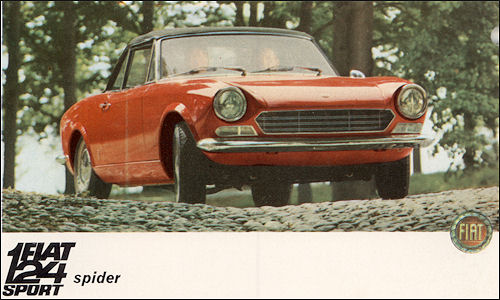
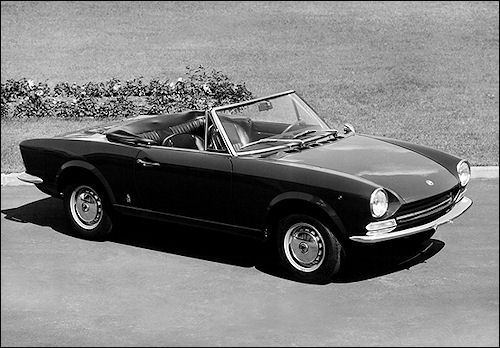
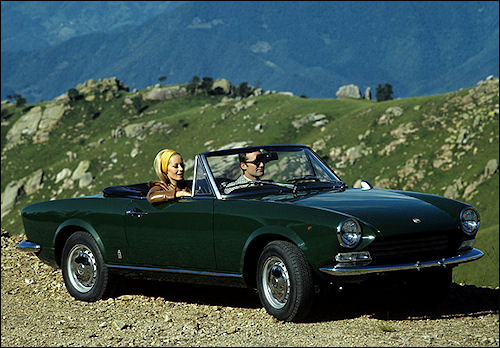
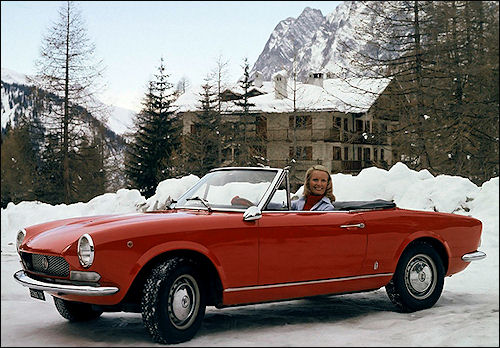
By the mid-60s Fiat was changing its model naming system, and it came out with the 124. Once the 124 had been launched, it was only a matter of time when Fiat would create a sports version, called the 124 Sports Spider.
This replaced the 1500 and 1600 Cabriolets in 1965. The Fiat 124 Spider had a 1.4 Liter engine initially, but this was replaced by a 1.6 Liter one in 1969.
Centro Storico Fiat / YouTube.com
Honda S360, 500, 600, and S800
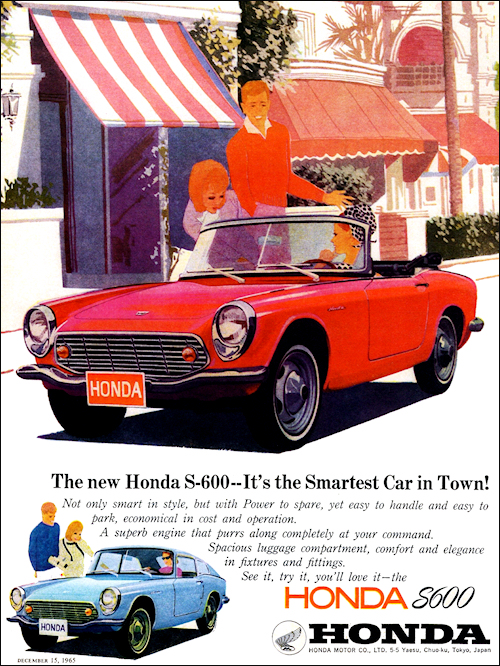
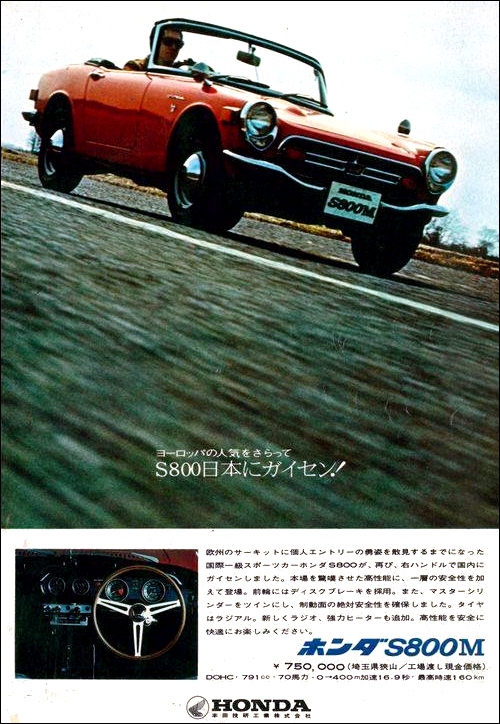
Another Japanese auto manufacturer interested in making small sports cars was Honda. They already specialized in making small, high compression engine motorbikes, so it was but natural they would put one in a car.
And this is how the Honda made a sports convertible before they even made a passenger vehicle. These sports cars were initially only for the domestic market. They included the S360 and the S500 – the numbers signifying the size of the engine at 360 and 600 cc.
Honda went on to make the S600 and 800 as well.
heniadir / YouTube.com
Honorable Mentions
Here are some other big names from that era which cannot be included in this list. Because we would be comparing apples to oranges.
These are clearly bigger machines, with bigger engines, and/or 2+2 seating. On this post, I’m only looking at small 2-seaters from the 1960s.
We’ll talk about the following, and other sports convertibles, as well as regular cars which were offered with fold-down roofs, another time.

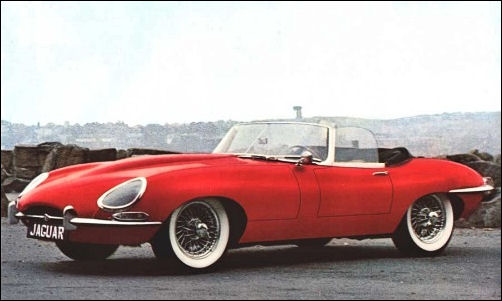


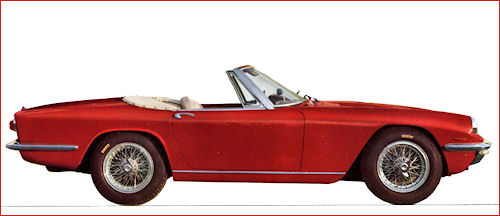
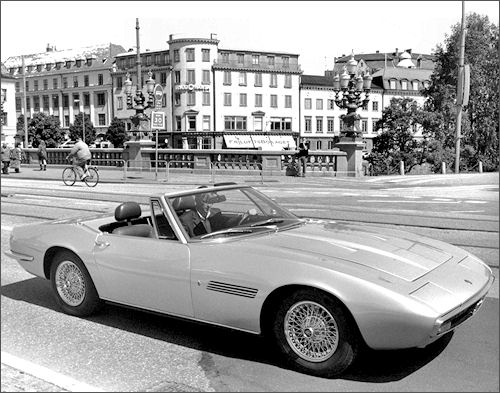

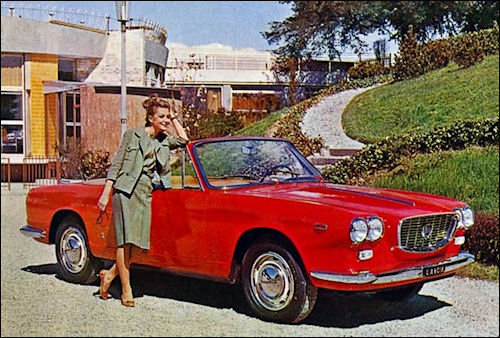

So, was the 60s the golden decade for sports convertibles? I’d like to think so.
The world of convertibles is much bigger and we’ve only touched a tip of the iceberg. We’ll revisit this niche again in future.
Meanwhile, please feel free to comment and critique through the link provided at the bottom of this page.
Last Three Posts under “Auto”
Ford Capri – “Fun For the Common Man”
Check Out These Three “Coins in The Fountain”
Three Popular Vehicles With A Military Background
Complete List of Cars Reviewed
Thaps On The Cars of Our Lives
